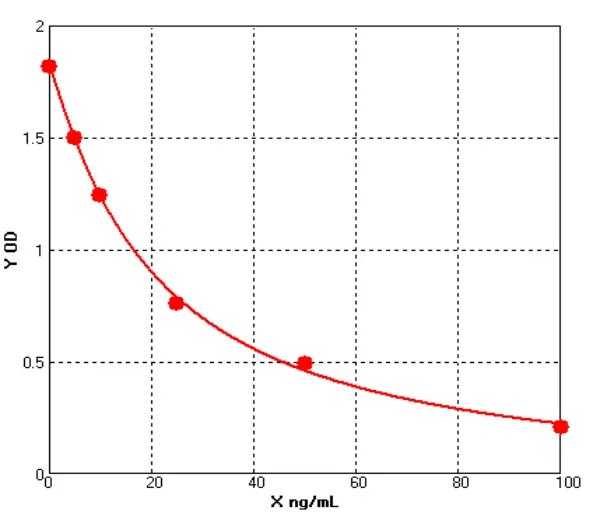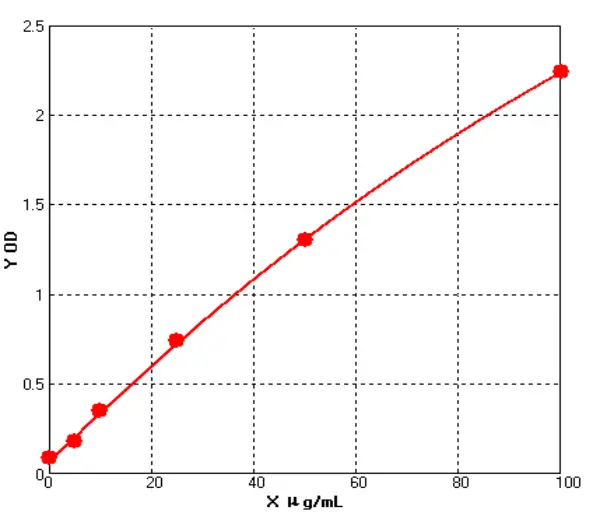Optimizing the ELISA Method for Detecting the Expression Level of Collagen Type II Alpha 1 Chain
Collagen type II alpha 1 chain (COL2A1) is an important component of cartilage matrix, and studying its expression levels is crucial for research on cartilage injury and degeneration. Using the ELISA method to detect COL2A1 expression levels is currently one of the most widely used detection methods. The following are key steps for optimizing experiments using the COL2A1 ELISA kit.
Sample Handling and Preparation
The accuracy of the COL2A1 ELISA kit depends first and foremost on the quality of the sample. Contaminants or degradation products in the sample can affect the detection results. Therefore, when extracting samples from serum or tissue fluid, it is important to avoid the introduction of any foreign substances during the procedure. Especially for tissue fluid, processing should be done at low temperatures and samples should be used as soon as possible to avoid COL2A1 degradation. Ensuring proper sample handling is the first step in improving detection sensitivity.
Accurate Setup of the Standard Curve
When using the COL2A1 ELISA kit, the construction of the standard curve is crucial. The concentration range of the standard should cover the expected concentration of the experimental samples, ensuring the accuracy of the quantitative results. During the experiment, the standards should be prepared according to the kit instructions, and the settings for each standard point must be precise. The accuracy of the standard curve directly affects the reliability of the experimental results and data interpretation.
Detailed Execution of Procedures
The precise execution of the procedures is directly linked to the results when using the COL2A1 ELISA kit. From sample addition to incubation times and reaction termination, every step needs to be strictly followed according to the kit instructions. Any minor lapse can lead to deviations in the experimental results. For example, controlling the incubation time and temperature is critical, as temperatures that are too high or too low can affect the reaction efficiency. Maintaining detailed procedures can effectively enhance the reproducibility and reliability of the experiment.
Instrument Calibration and Detection
Instrument calibration is essential when using the COL2A1 ELISA kit. The accuracy of the microplate reader will directly affect the data reading. To ensure the reliability of the data, the microplate reader should be calibrated before use, and its condition should be checked regularly. Additionally, when taking readings, a wavelength of 450 nm should be selected, as this is the optimal wavelength for detecting COL2A1, ensuring sensitivity and accuracy.
Data Analysis and Result Interpretation
The results of the ELISA experiment are calculated based on the standard curve and the absorbance values of the samples. When using the COL2A1 ELISA kit, data analysis should be conducted carefully to ensure a linear relationship between the standard curve and the absorbance values of the experimental samples. During the calculation process, data can be adjusted and analyzed based on the experimental background and research objectives. Accurate data analysis helps to derive reliable conclusions.
When using the COL2A1 ELISA kit for detection, optimizing the experimental method is key to ensuring the accuracy of the results. From sample handling and standard curve setup to the meticulous execution of steps, each part of the process impacts the final data. The COL2A1 ELISA kit from Bluegene Biotech, with its high quality and reliability, is widely used in research fields. By continuously optimizing the experimental workflow, more precise research data can be obtained.


